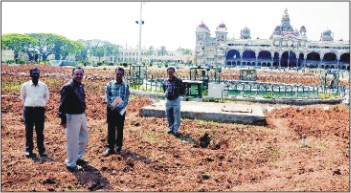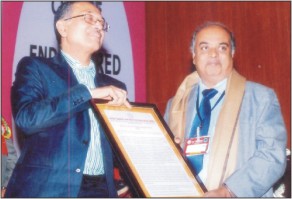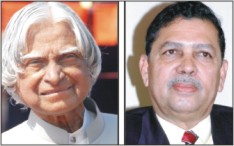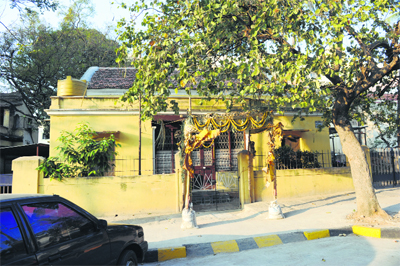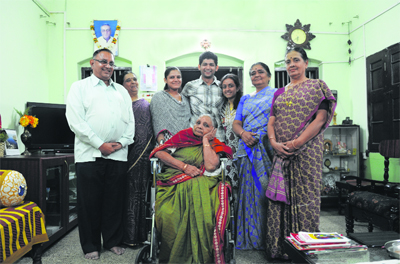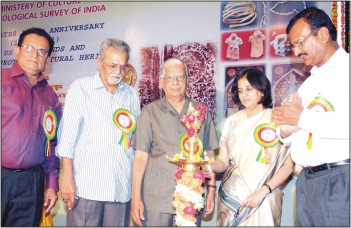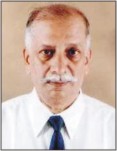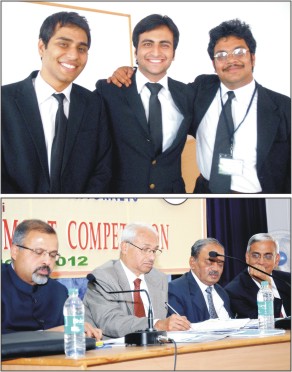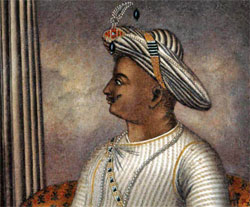Father K L Michael laughs when you ask him if he is a foodie. It’s a rich, deep-throated laugh, it answers the question. The 38-year-old from Kottayam, the first Indian to get selected to the religious order of Vallombrosan Benedictine Confederation, has acquired another title, he’s the monk who makes cheese. Father Michael’s brand, Vallombrosa, popular with five-star hotels and fine-dining restaurants across Bangalore, also travels to cities like Mumbai, Chennai and Cochin.
The Benedictine order, which follows the motto of `prayer and work’, not only earns its keep, but also contributes to charitable causes with income generating activities. Father Michael, who lived within the order in Italy (Rome and Florence) for eight years, learning the local language before preparing for a masters degree in liturgy, spent a fair amount of time, racking his brains on what work he would do when he eventually returned to India. During the course of his travels, specifically during a holiday in the southern Italian city of Naples, the idea of making cheese for a living dawned on him.
After he came back to India in the summer of 2000, the monk experimented with small quantities of cheese. “Even though I spent a lot of time studying the methods when I was in Italy, I hadn’t really experimented with the process. So, when I returned, I started working on it immediately. There are variables like temperature and milk and I tinkered with the process before arriving at a formula that worked for us.”
Father Michael leads a team of six people, who work six to eight hours a day, starting as early as 8 am and winding up past mid-night, with breaks for prayer and rest. They churn out a total 90 kilos of cheese a day. The rates for the Vallombrosa brand that includes Mozzarella, Bocconcini, Burrata, Ricotta, Mascarpone, Caciotta, Pecorino and Feta varies from Rs 500 to 1500 per kilo.
Gualbert Bhavan in Thambuchetty Palya (near K R Puram), where father Michael set up home for young monks, guiding ten to fifteen students who join the fold each year, have cheesy dinners twice a week. Every Tuesdays and Thursdays the house is treated to homemade cheese of their choice, which they have with parotas for dinner.
source: http://www.articles.timesofindia.indiatimes.com / City> Bangalore / Home> Collections> Italy / by Prajwal Hegde / December 24th, 2011
